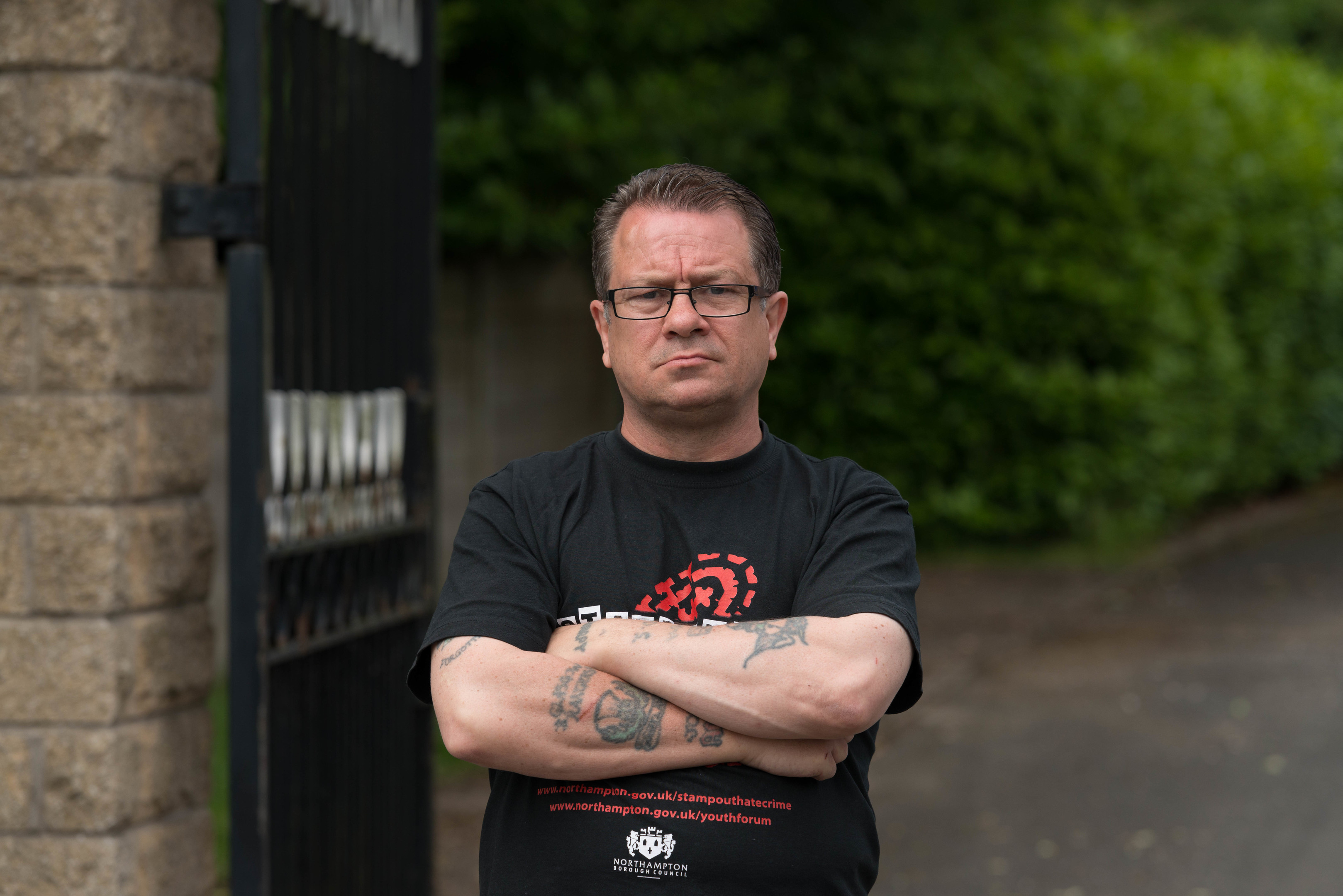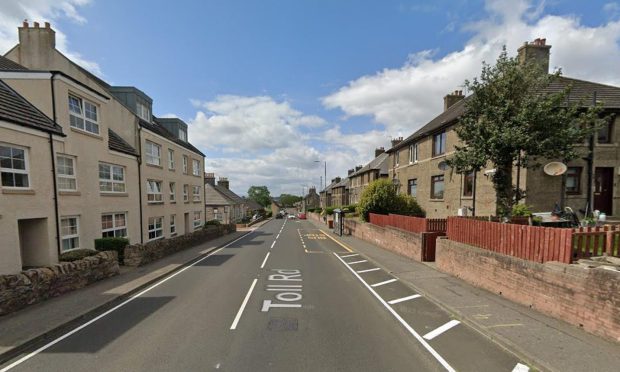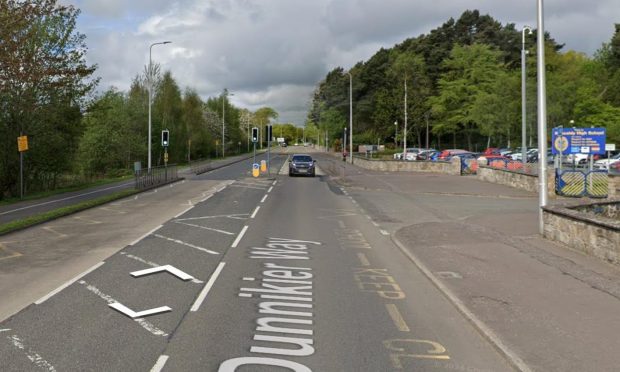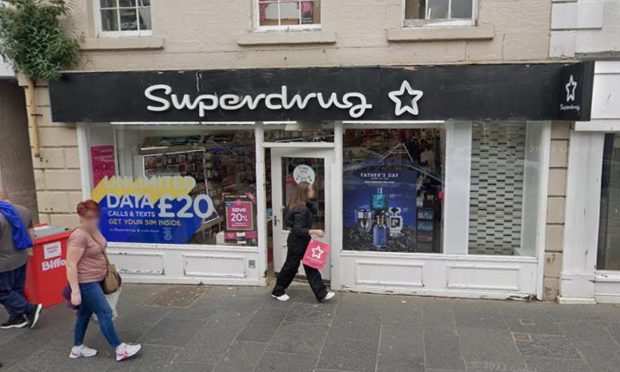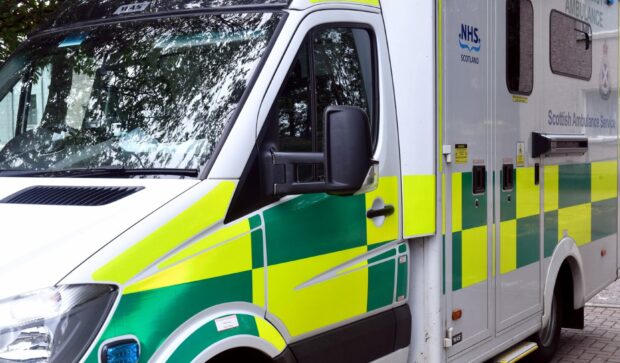A man who was brutally abused by priests at a Fife residential school has blasted the Scottish Government’s plans to compensate victims.
The Redress for Survivors (Historical Child Abuse in Care) (Scotland) Bill was introduced last week and if passed in Parliament, would allow victims to apply for payments of up to £80,000.
As a child, Dave Sharp, 61, was repeatedly beaten and raped by members of the Congregation of Christian Brothers at the former St Ninian’s School in Falkland.
He claims the legislation would protect the Catholic church from making compensation payments, while discouraging survivors to come forward.
“The Catholic church are going to save millions if this bill is allowed to go through and many hundreds, even thousands, of survivors who were abused in Scotland are going to suffer.
“The Bill states that applicants will have to provide documentary information to satisfy the decision-making panel. How many survivors do we know who can access their records? This alone is a dangerous position to put survivors in.”
Mr Sharp, who struggled with drug addiction for more than two decades as a result of the trauma he suffered and now campaigns for justice for survivors, also criticised the waiver applicants would have to sign.
It would prevent them taking civil action against the Scottish Government and organisations that have made financial contributions to the scheme.
Survivors who had received payments such as court-awarded damages would have the total they were paid deducted from the amount offered.
He said: “What is going to happen to the thousands of men and woman who received pittances from the Catholic church and were made to sign waivers?”
Three years ago, after a 40 year fight for justice, Mr Sharp was awarded a five-figure sum after seeking compensation through an English court because at the time in Scotland, there was still a time bar of three years.
He said: “When we look at the financial contributions it looks like we are not only losing out on payments due from the Scottish Government but this money could be deducted from any contributions made by the Catholic church.”
A Scottish Government spokesperson said: “We have taken a number of steps to support survivors of historical child abuse in care over recent years.
“We have been guided by our close engagement with survivors throughout to ensure services and support are tailored to their needs and as accessible as possible. This includes consulting on the Bill introduced last week for a financial redress scheme.
“The independent public inquiry we established into the abuse of children in care is one of the most wide-ranging in Scotland’s history and we have removed the long-standing time-bar which prevented most survivors from pursuing civil damages actions for child abuse.
“The redress scheme we introduced gives survivors an option for financial payment that would not be open to many of them through the courts otherwise.
“Many survivors have campaigned for a long time for these changes and we are grateful for their continued involvement in helping us address the wrongs of the past and provide meaningful redress and support.”
